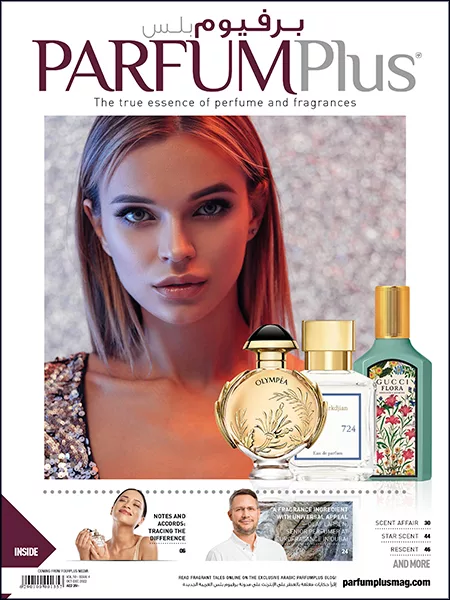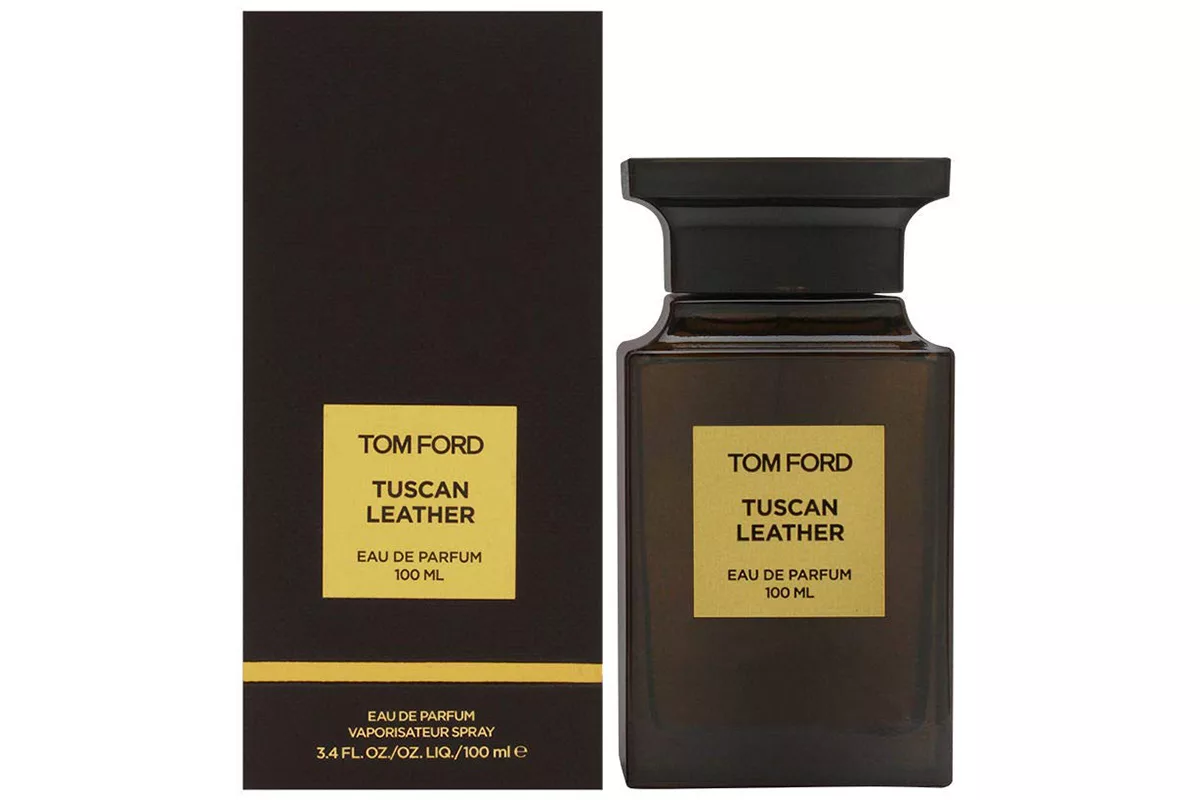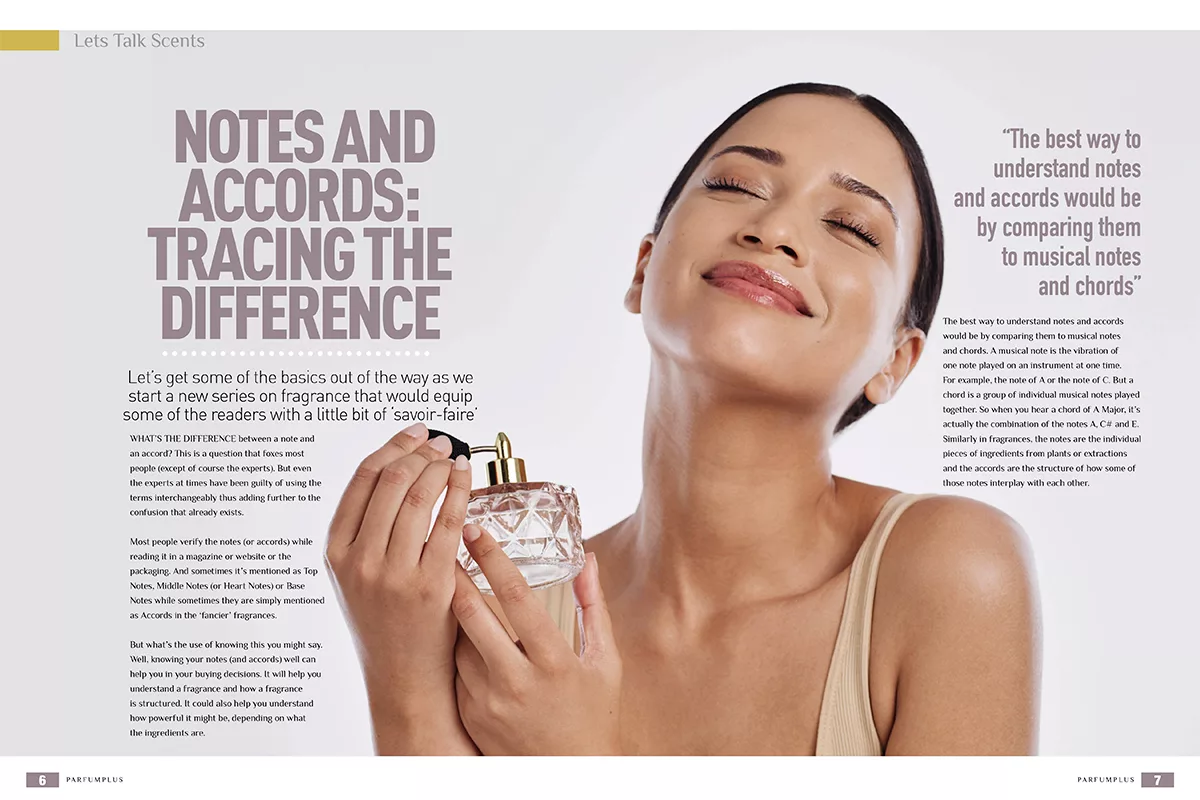Read this post in
 Arabic
Arabic

Notes And Accords: Tracing The Difference
Let’s get some of the basics out of the way as we start a new series on fragrance that would equip some of the readers with a little bit of ‘savoir-faire’
What’s the difference between a note and an accord? This is a question that foxes most people (except of course the experts). But even the experts at times have been guilty of using the terms interchangeably thus adding further to the confusion that already exists.
Most people verify the notes (or accords) while reading it in a magazine or website or the packaging. And sometimes it’s mentioned as Top Notes, Middle Notes (or Heart Notes) or Base Notes while sometimes they are simply mentioned as Accords in the ‘fancier’ fragrances.
But what’s the use of knowing this you might say. Well, knowing your notes (and accords) well can help you in your buying decisions. It will help you understand a fragrance and how a fragrance is structured. It could also help you understand how powerful it might be, depending on what the ingredients are.
 The best way to understand notes and accords would be by comparing them to musical notes and chords. A musical note is the vibration of one note played on an instrument at one time. For example, the note of A or the note of C. But a chord is a group of individual musical notes played together. So when you hear a chord of A Major, it’s actually the combination of the notes A, C# and E. Similarly in fragrances, the notes are the individual pieces of ingredients from plants or extractions and the accords are the structure of how some of those notes interplay with each other.
The best way to understand notes and accords would be by comparing them to musical notes and chords. A musical note is the vibration of one note played on an instrument at one time. For example, the note of A or the note of C. But a chord is a group of individual musical notes played together. So when you hear a chord of A Major, it’s actually the combination of the notes A, C# and E. Similarly in fragrances, the notes are the individual pieces of ingredients from plants or extractions and the accords are the structure of how some of those notes interplay with each other.
To give you an example, let’s talk about one such ingredient or note - lemon. Lemon is basically a note found in many fragrances and due to its easy extraction process, used quite a lot. But at times you might read some ‘notes’ listed on fragrances, which actually are accords. For instance, leather is an accord. It’s not possible to extract the fragrance of leather from a cow! The fragrance of leather is what one attributes to the smell of the end product after it has gone through the process of tanning and curing the hide of a cow or another animal.
If you see leather in a fragrance that means it’s an accord of a bunch of different fragrances that brings about a leather smell. So if you were to smell Tuscan Leather by Tom Ford, the leather effect in there is coming from a bunch of different notes. Similarly, if you smell Slow Explosions by Imaginary Author, the saffron, leather, and apple are all accords.
If you ever see the ‘note’ of Amber, it’s actually an ‘accord’. The note of amber is traditionally supposed to smell or mimic the smell of fossilised amber. And that accord could come from labdanum and vanilla. Actual amber is just a rock and it doesn’t actually have a smell. So amber in a scent is an imaginary accord and it’s very popular and you’ll see it in a lot of fragrances and there’s lots of innovative combinations to get to a particular smell of amber and each one would make that particular fragrance different from another one.

Lifespans of Notes and Accords
Each of these notes and accords have different lifespans on your skin as they have different volatilities. Each note and accord burns off your skin at certain times. So you’ll see fragrance notes like citrus that have a very short lifespan on your skin because they are highly volatile and will burn off your skin quickly. While musk and leather and amber are notes that take a long time to develop over your skin and may last over your skin for hours.
So to summarise, notes are individual ingredients while accords are a blend of multiple ingredients to come up with a different type of smell. A very important thing to note about an accord is that everything in an accord, as a whole, has a very harmonious effect. An accord is more than the sum of its parts.
Going back to our analogy of music, you could compare it similarly to a musical chord, which is a combination of musical notes, which tends to sound like a single sound and rather harmonious. And those with trained ears could single out the musical notes when they hear a chord. Which is very much like how a trained perfumer would be able to single out notes from an accord. So like a musician would make a composition using the notes and chords as building blocks, perfumers are able to combine together accords with other notes or accords to make a final composition which is the final fragrance.
There’s plenty of classification of accords like green accords, fresh or woody and so on. And the fragrance wheel does a very good job of generally classifying these accords. But these are not the only ways to classify accords. There’s many other ways that people have and will continue to classify but that’s a topic for another day.
For now, I hope that this article has given you the basic ‘savoir-faire’ to differentiate between notes and accords and to be able to understand your fragrance and its structure in a better way.
Read this post in
 Arabic
Arabic






